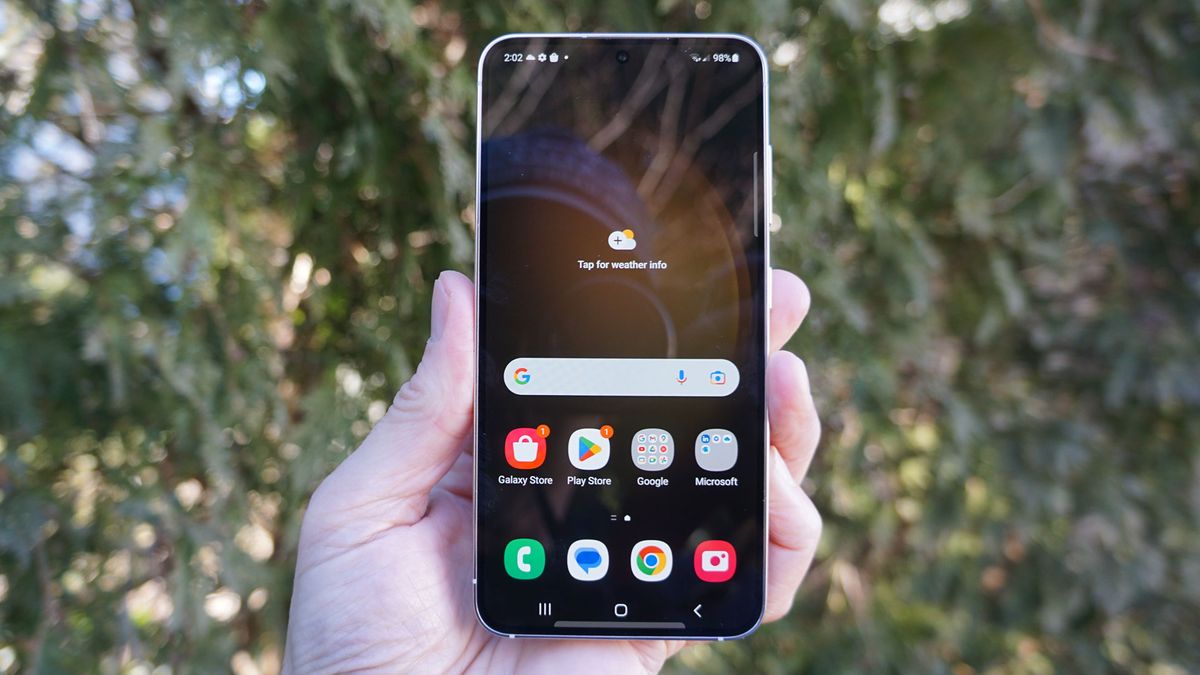
Privacy Concerns with Chinese Android Phones
Research Findings
A study by researchers from the University of Edinburgh and Trinity College Dublin revealed significant privacy issues with Android phones sold in China. The research, titled "Android OS Privacy Under the Loupe – A Tale from the East," examined the privacy practices of OnePlus, Xiaomi, and Oppo Realme.
Data Collection Issues
Researchers discovered that pre-installed apps on these phones continuously send user data to third-party domains without permission. Even when users opted out, sensitive information like phone numbers, MAC addresses, and geolocation data was still transmitted. This data collection persisted even outside China, posing tracking risks for users traveling abroad.
Third-Party Packages
Chinese Android distributions contain over 30 third-party packages each. Xiaomi devices include input apps like Baidu Input, IflyTek Input, and Sogou Input. OnePlus and Realme devices feature navigation apps like Baidu Map and AMap. These apps often run in the background, collecting and transmitting user data without consent.
Market Trends in Chinese Android Phones
Affordability
Chinese smartphone manufacturers offer a wide range of devices at various price points, making them accessible to a broad audience. Brands like Xiaomi and Realme are known for budget-friendly options without significant compromises on features.
Innovative Features
Manufacturers often introduce innovative features that set them apart. Xiaomi's MIUI operating system is praised for customization options and a user-friendly interface. OnePlus is known for premium build quality and fast charging capabilities.
Global Expansion
Chinese brands are expanding their presence globally, with many models released in international markets. For instance, the Xiaomi 14 Ultra is marketed as a stylish and powerful device going global.
Component Manufacturing
Many components used in non-Chinese brands are manufactured in China. This overlap in technology has led to similarities between Chinese and non-Chinese smartphone manufacturers.
Best Chinese Android Smartphones in 2024
OnePlus 12
Considered by many as the best OnePlus phone ever made, the OnePlus 12 offers a premium experience with sleek design and advanced features.
Xiaomi 14 Ultra
Known for stylish design and powerful performance, the Xiaomi 14 Ultra is one of the first Xiaomi devices to go global, making it a significant player in the international market.
Huawei Mate P60 Pro
Although lacking Google services and apps, the Huawei Mate P60 Pro impresses with fluid performance, fast charging capabilities, and an impressive camera setup.
Redmi Note 13 Pro+ 5G
While struggling with software issues, the Redmi Note 13 Pro+ 5G is a great option for those looking for a budget-friendly device with a capable camera array.
Redmi Note 12 Pro+
This device stands out for exceptional camera capabilities, making it an excellent choice for photography enthusiasts on a budget.
Using Your Phone in China
Purchase a Chinese eSIM or SIM Card
This is the most cost-effective way to use your phone in China, with prices starting from under $20 for a month of service. Various providers offer eSIMs or physical SIM cards.
Rent a Phone
Renting a phone is another option to avoid the hassle of setting up your personal device in China. This ensures that your phone remains secure and functional throughout your stay.
Use a VPN
If you decide to use your personal phone, it is highly recommended to use a VPN to protect your data from being tracked by Chinese authorities.
Final Thoughts
China's Android phones have become a significant force in the global smartphone market, offering a wide range of devices at various price points. However, recent research has highlighted serious privacy concerns associated with these devices. The pre-installed apps on Chinese Android distributions transmit user data to third-party domains without consent, posing a significant tracking risk to users.
Despite these concerns, Chinese manufacturers continue to innovate and expand their global presence. For consumers, awareness of these privacy issues and taking necessary precautions when using their devices in China is crucial. Whether you choose to purchase a Chinese eSIM, rent a phone, or use a VPN, being informed is key to navigating the complex world of Chinese Android phones.
While Chinese Android phones offer many advantages in terms of affordability and innovative features, their privacy practices remain a significant concern. As technology continues to evolve, manufacturers must prioritize user data privacy, and consumers should remain vigilant about the security of their devices.
